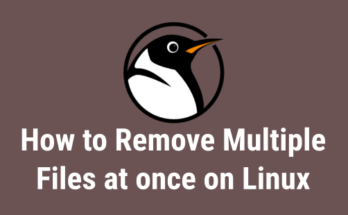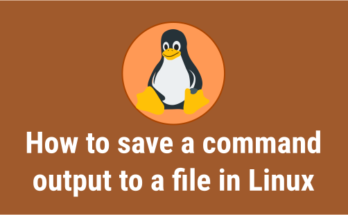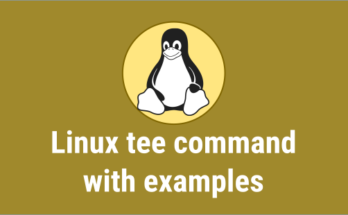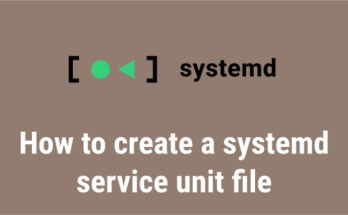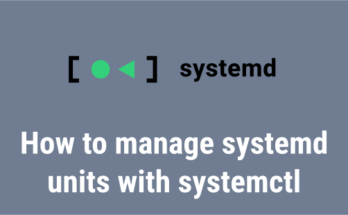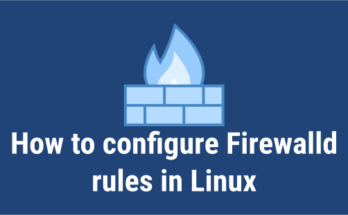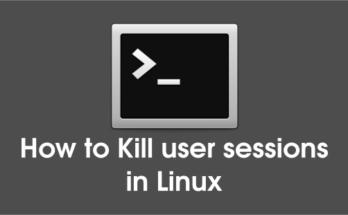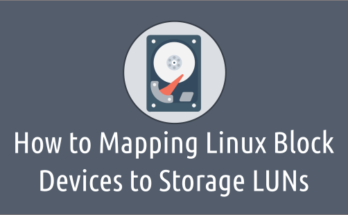
How to Find SAN disk LUN id in Linux
In some cases, you may need to find a block device mapped against a logical unit number (LUNs) for filesystem (FS) expansion or disaster recovery (DR) activity. Also, this information …
How to Find SAN disk LUN id in Linux Read More
